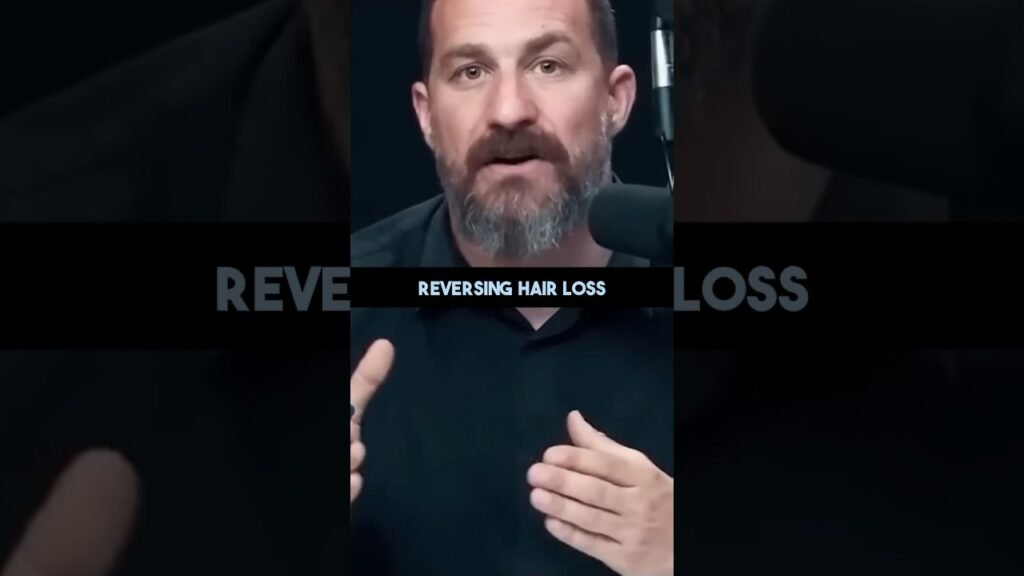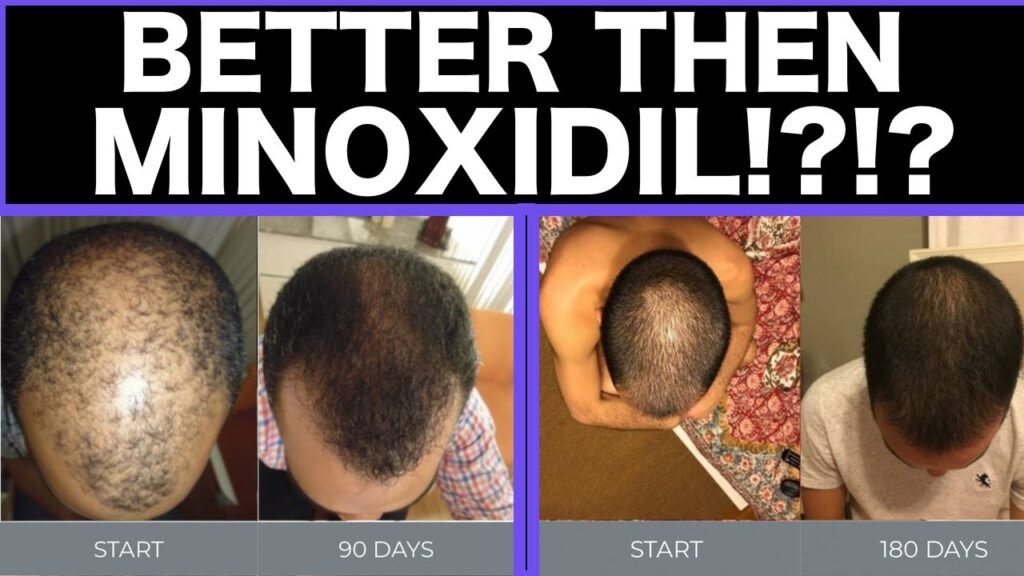Side-by-side review of Minoxidil vs scalp massage
When it comes to combating hair loss, two popular methods often considered are Minoxidil and scalp massage. Understanding the differences between these two approaches can help you make an informed decision about which might be more suitable for your needs. Minoxidil is a well-known topical treatment, available over-the-counter, that has been scientifically proven to stimulate hair growth. It works by widening blood vessels and opening potassium channels, which allows more oxygen, blood, and nutrients to the hair follicles. On the other hand, scalp massage is a natural method that involves using the fingertips to gently knead and stimulate the scalp, potentially increasing blood circulation and promoting hair health.
Effectiveness
Minoxidil has been extensively researched and is approved by the FDA for treating certain types of hair loss, such as androgenetic alopecia. Clinical studies have shown that consistent use of Minoxidil can lead to noticeable hair regrowth in many individuals. Users often report seeing results within three to six months of regular application. In contrast, scalp massage is less scientifically documented in terms of its direct impact on hair regrowth. However, it is believed to improve blood flow to the scalp, which could contribute to healthier hair over time. Anecdotal evidence suggests that some people experience positive results, but it generally lacks the robust clinical backing that Minoxidil possesses.
Ease of Use and Side Effects
When comparing the ease of use, scalp massage offers a straightforward, non-invasive approach that requires no special products or chemicals. It can be performed at home without the need for professional assistance, making it an accessible option for many. Additionally, scalp massage typically comes with no side effects, making it a safer choice for individuals sensitive to topical treatments. In contrast, Minoxidil requires daily application and may cause side effects such as scalp irritation, dryness, or unwanted facial hair growth in some users. These potential side effects can be a deciding factor for those who prioritize a side-effect-free treatment experience.


